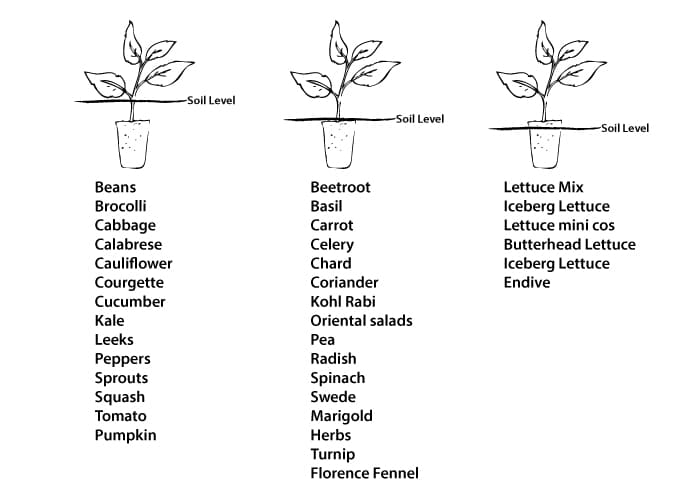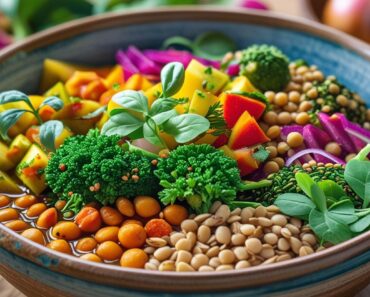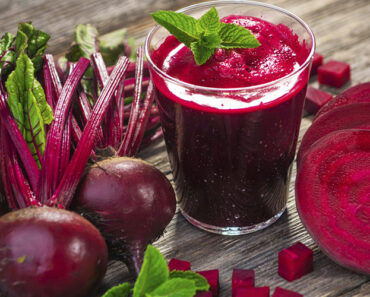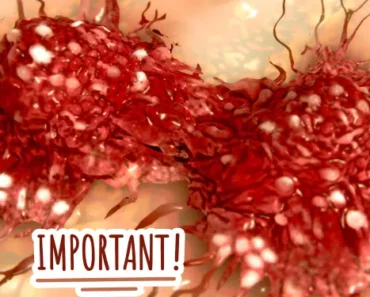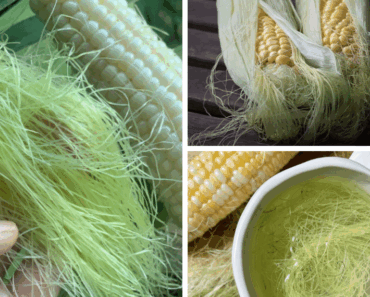Proper planting depth is crucial to successful vegetable gardening. Planting seeds or seedlings too deep or too shallow can impact germination, root development, and overall growth.
With this guide, you’ll learn the ideal planting depths for various vegetables, ensuring they grow strong and healthy.
Whether you’re a beginner or a seasoned gardener, this ultimate planting depth guide will help you achieve the best harvest possible.
Why Planting Depth Matters
The depth at which you plant seeds or seedlings affects their ability to sprout, access nutrients, and retain moisture.
Planting seeds too deep can prevent them from breaking the surface, while seeds planted too shallow might dry out quickly or get displaced by wind or rain.
To optimize your vegetable garden, always follow these three rules:
- Twice the seed’s diameter: As a general rule, plant seeds twice as deep as their diameter.
- Keep moisture consistent: Proper planting depth ensures seeds receive adequate moisture without drowning or drying out.
- Consider root depth: For seedlings, make sure the root system is fully covered but not buried too deeply.
Planting Depth Guide for Common Vegetables
1. Carrots
- Planting Depth: ¼ – ½ inch (0.5 – 1.2 cm)
- Spacing: 2-3 inches apart
- Tip: Keep the soil moist to prevent crusting, which can hinder germination.
2. Tomatoes
- Planting Depth (Seedlings): Bury the stem up to the first set of leaves
- Spacing: 18-24 inches apart
- Tip: Deep planting encourages strong root systems for healthier plants.
3. Lettuce
- Planting Depth: ¼ inch (0.5 cm)
- Spacing: 4-6 inches apart
- Tip: Lettuce seeds need light to germinate, so plant them shallowly.
4. Cucumbers
- Planting Depth: ½ – 1 inch (1.2 – 2.5 cm)
- Spacing: 12-18 inches apart
- Tip: Cucumbers thrive with warm soil, so wait until temperatures are consistently above 60°F (15°C).
5. Beans (Bush and Pole)
- Planting Depth: 1 – 2 inches (2.5 – 5 cm)
- Spacing: 4-6 inches apart for bush beans; 6-8 inches for pole beans
- Tip: Don’t soak beans before planting—they germinate better in dry soil conditions.
6. Peas
- Planting Depth: 1 – 1.5 inches (2.5 – 3.8 cm)
- Spacing: 2-3 inches apart
- Tip: Plant early in the season, as peas prefer cooler temperatures.
7. Radishes
- Planting Depth: ½ inch (1.2 cm)
- Spacing: 1-2 inches apart
- Tip: Radishes germinate quickly—thin them out to avoid overcrowding.
8. Onions (Seeds or Sets)
- Planting Depth:
- Seeds: ¼ inch (0.5 cm)
- Sets: 1-2 inches (2.5 – 5 cm) deep
- Spacing: 4-6 inches apart
- Tip: Plant onion sets with the pointed end facing up for better growth.
9. Corn
- Planting Depth: 1 – 1.5 inches (2.5 – 3.8 cm)
- Spacing: 8-12 inches apart
- Tip: Corn is wind-pollinated, so plant in blocks instead of rows for better pollination.
10. Potatoes
- Planting Depth: 4-6 inches (10 – 15 cm)
- Spacing: 12 inches apart
- Tip: Cover emerging stems with soil (hilling) to encourage tuber production.
11. Zucchini
- Planting Depth: 1 inch (2.5 cm)
- Spacing: 24-36 inches apart
- Tip: Zucchini grows fast—harvest when fruits are 6-8 inches long for best flavor.
12. Spinach
- Planting Depth: ½ inch (1.2 cm)
- Spacing: 4-6 inches apart
- Tip: Spinach prefers cooler weather, so plant early in spring or fall.
13. Bell Peppers
- Planting Depth (Seedlings): Same depth as the root ball
- Spacing: 18-24 inches apart
- Tip: Peppers need warm soil, so plant only after the danger of frost has passed.
14. Beets
- Planting Depth: ½ inch (1.2 cm)
- Spacing: 3-4 inches apart
- Tip: Beet seeds are clusters—thin seedlings to one plant per cluster.
15. Cabbage
- Planting Depth: Same as the root ball (for transplants)
- Spacing: 18-24 inches apart
- Tip: Cabbage heads need room to grow—avoid overcrowding.
Tips for Successful Planting
- Follow Seed Packet Instructions: Each seed type may have specific requirements, so always check seed packets for recommendations.
- Mark Your Rows: Use garden markers to identify rows and planting depths, especially if planting multiple vegetables.
- Mulch to Retain Moisture: After planting, add a layer of mulch to keep the soil moist and prevent weeds.
- Water Consistently: Seeds and young seedlings need consistent moisture—avoid letting the soil dry out.
- Thin Out Seedlings: Once your seeds germinate, thin out overcrowded plants to ensure proper air circulation and growth.
Common Mistakes to Avoid When Planting Vegetables
- Planting Too Deep: Seeds that are buried too deeply may struggle to sprout.
- Overcrowding: Planting too close together limits growth and increases the risk of disease.
- Ignoring Soil Temperature: Some vegetables (like peppers) require warm soil to germinate—don’t plant too early.
- Forgetting to Label Rows: Without labels, it’s easy to forget where and what you planted.
- Inconsistent Watering: Dry soil can delay germination and stunt seedling growth.
Getting the planting depth right is essential for healthy vegetable growth.

